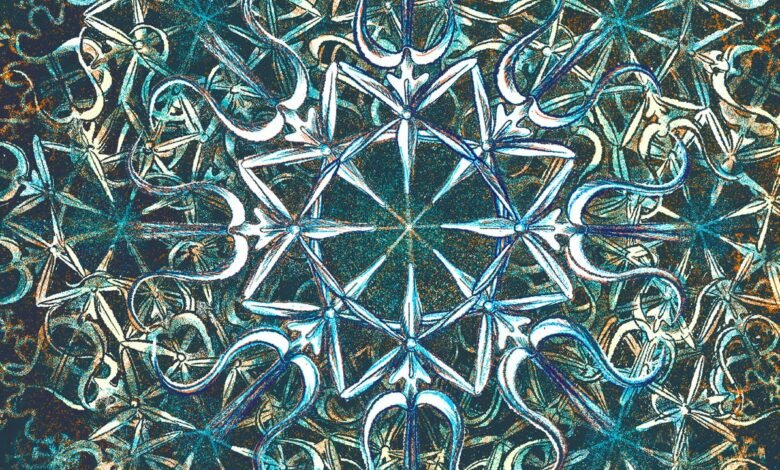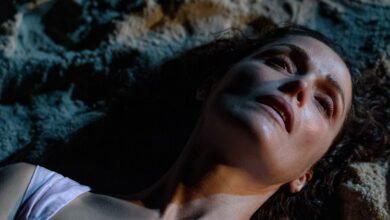
I didn’t keep close track of what was going on with “Adaptation,” because I was busy with my own work and, frankly, I didn’t expect much to come of it besides the usual Hollywood noise. I was amazed when Ed invited me to his production offices to brainstorm casting ideas. This made the movie seem more real than I had imagined. The producers were most interested in whom I pictured playing me. I drew a blank. “Red hair!” one said. “Julianne Moore!” Someone else said, “Jodie Foster”—blond hair, but she could dye it. We kibbitzed for a while. It felt like a party game, naming actors, as if that were all you had to do to conjure them into your film. Finally, someone said, “Meryl Streep.” What a loony thought: the most admired female actor in the country in this outlandish movie.
As it happened, I did have a bit of history with Streep. In my sophomore year of college, when I was home in Cleveland for the holidays, my friend Lisa asked if I wanted to be an extra in a movie being shot in the city. I had never heard of the director, and I thought that the title, “The Deer Hunter,” sounded silly. I hadn’t heard of the actors in it, either, except Robert De Niro, who had appeared recently in “Taxi Driver.” But I didn’t have much else to do, so I went along. For close to six hours, in a Russian Orthodox cathedral in an old working-class Cleveland neighborhood, we played the guests at a wedding of the characters Steve (John Savage) and Angela (Rutanya Alda). The wedding party included Christopher Walken, John Cazale, and Streep. The scene was shot and reshot multiple times, which baffled me, as I had never been on a movie set before. I thought nothing would come of the movie or anyone in it. After it was released, in 1978, “The Deer Hunter” won Oscars for Best Picture, Best Director, Best Film Editing, Best Sound, and, for Walken, Best Supporting Actor. It was not the first—nor the last—time my predictions proved slightly askew.
By the time “Adaptation” was cast, Meryl Streep reigned in Hollywood. The film was different from anything she had done before, but she told me a few years later that her children had loved the script and badgered her to take the role, so she did. Nicolas Cage was rumored to be interested in playing Charlie and his fictitious twin, Donald. A number of actors vied for a shot at playing the Kaufman brothers. While casting was under way, I happened to be at a film screening in New York, seated next to John Turturro. We said hello and introduced ourselves. He recognized my name and began pitching me passionately on why he should get the Charlie/Donald role. In the end, though, Cage got the role—that is, the roles.
The most fun I had with the film prep was the afternoon I spent with the movie’s costume designer, Casey Storm. He wanted to see my clothes so he could outfit the fictional Susan Orlean appropriately. At that time, I favored vaguely goth concoctions. I met Casey at the door of my apartment wearing a Comme des Garçons dress—black wool with straps and buckles—dreaming that he might make something like it for Streep to wear in the film. Over the next hour or so, I modelled my favorite outfits. But, at the end of the afternoon, he told me, “We need to make the journalist look like a journalist.” In other words, he wouldn’t be using any of my clothes.
I assumed that I would at least meet with Streep so that she could study my mannerisms and pick up my Ohio accent. I straightened up my New Yorker office, expecting a call any day announcing that she was heading over. I mentioned it to friends at work—something along the lines of “Oh, Meryl Streep might be dropping by, just in case you see a stranger wandering around,” and tried to imagine which gestures of mine she might focus on. Time passed. More time passed. I finally called Ed and asked him when Meryl was coming to see me. He told me she didn’t need to, because she had already created the character on her own.
Production on “Adaptation” began in 2001, and that spring, I was invited to be an extra. They would be shooting a scene set in a grocery store in which Charlie, played by Cage, notices two women muttering to each other about how odd he seems. I was offered the chance to be one of the mutterers. I was stunned when we got to the soundstage. My book had felt like such a private undertaking—written in the solitary, sometimes leaden quiet at my desk—but now it had bloomed into a mini city, an industrial complex, with dozens of crew members racing around, and an expanse of trucks, dressing-room trailers, and concession tables. Except for that one day in Cleveland, this was the only time I’d been on a movie set, and it was the first time I’d seen something of mine lifted off the page and into the three-dimensional fictional world.
My husband, John Gillespie, had flown to L.A. with me, and when we arrived on the set, a scene was being shot in which Charlie meets with an executive. Several people milled around, neatening the area, touching up Cage’s makeup. I noticed a slight figure with a froth of curly hair standing a few yards away from me: the real Charlie Kaufman. I stammered and said hello, adding, “This is kind of embarrassing for me.” “It’s more embarrassing for me,” he said, and rushed out the door. I don’t remember seeing him on set again the rest of my time in Los Angeles. Anyway, I was preoccupied by my role as an extra; we shot the scene, but it ended up getting cut. Unexpectedly, John was pressed into service, as well, playing David Remnick, the editor of The New Yorker, in a scene set in the magazine’s offices, faithfully reproduced under the hot Hollywood skies. That one was cut, too.




